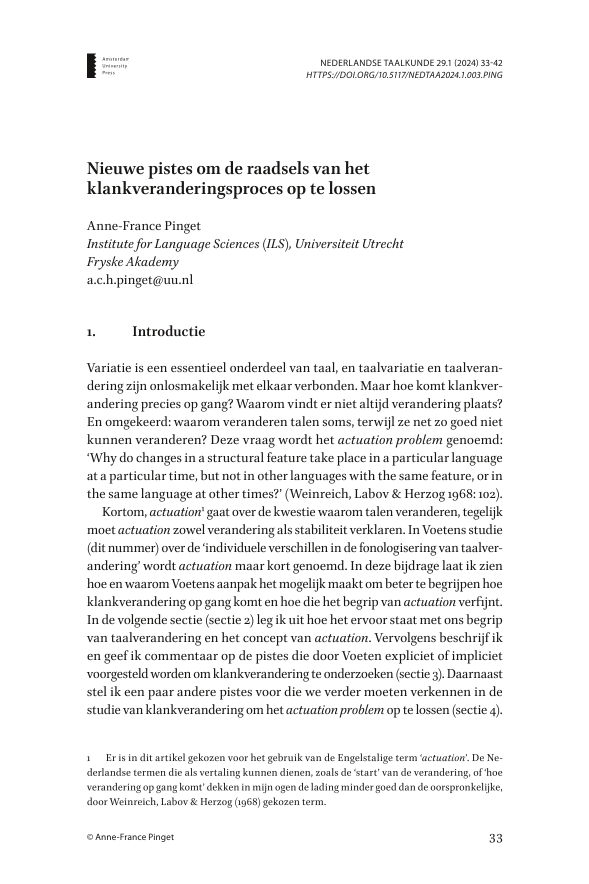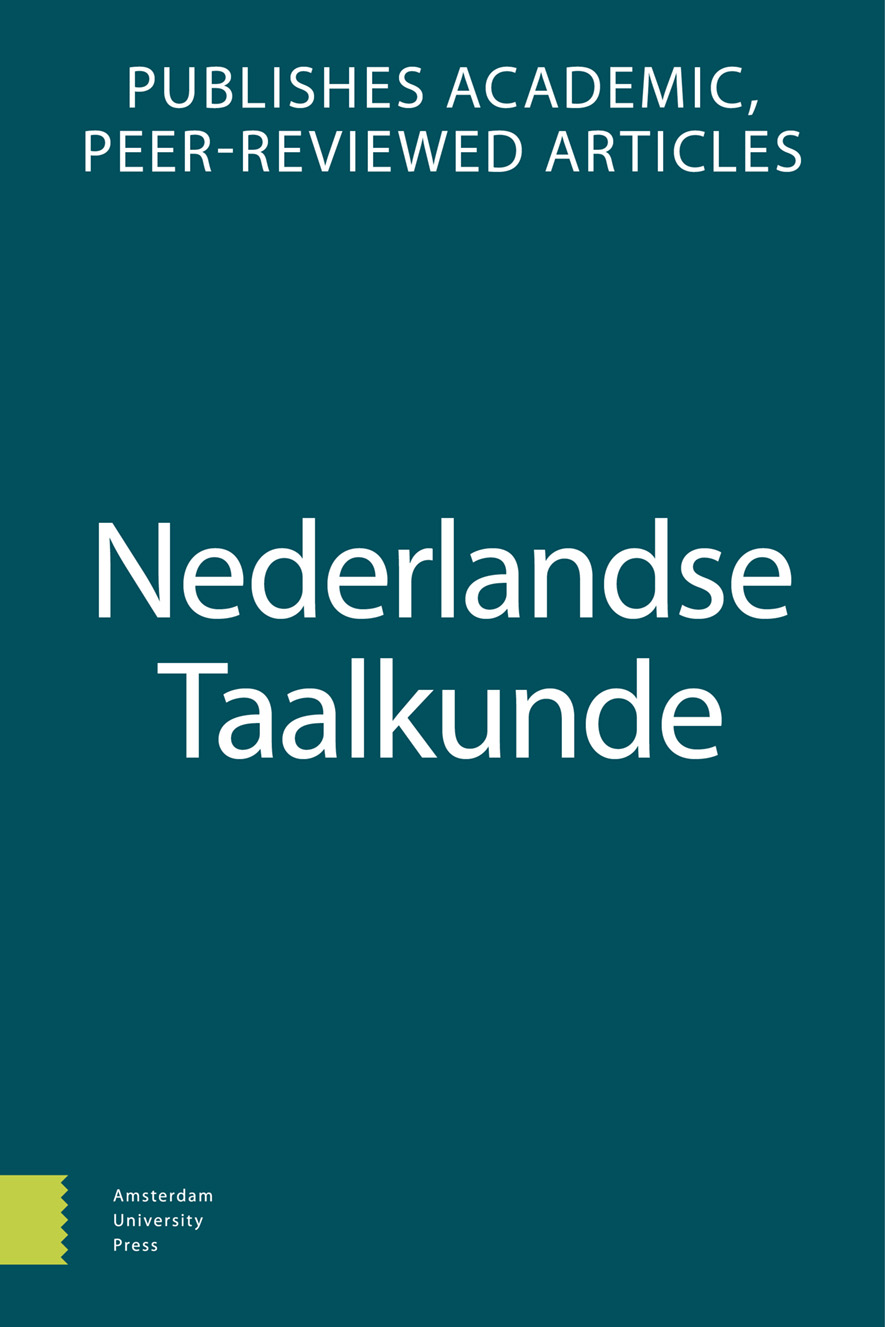
Full text loading...

Nieuwe pistes om de raadsels van het klankveranderingsproces op te lossen, Page 1 of 1
< Previous page | Next page > /docserver/preview/fulltext/13845845/29/1/NEDTAA2024.1.003.PING-1.gif
There is no abstract available.

Article metrics loading...

Full text loading...
References


